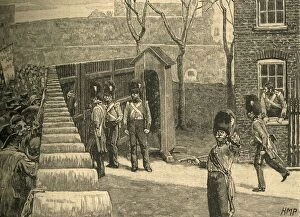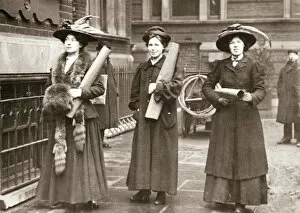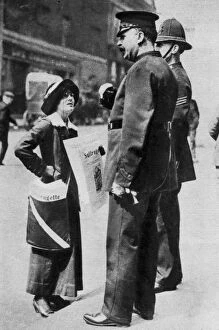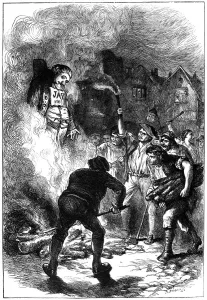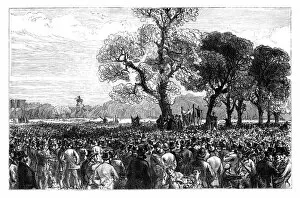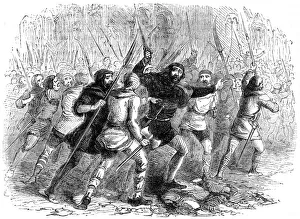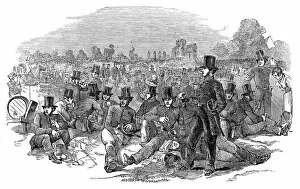Protesting Collection (page 7)
"From Jarrow to Havana: A Global History of Protesting" In the annals of history, the spirit of protest has always burned bright
All Professionally Made to Order for Quick Shipping
"From Jarrow to Havana: A Global History of Protesting" In the annals of history, the spirit of protest has always burned bright, and is a powerful force that transcends time and borders, uniting people in their quest for justice and change. From the iconic Jarrow March in 1936, where determined marchers embarked on a grueling journey to fight against unemployment and poverty, to the image of Che Guevara adorning a wall outside an apartment in Havana, Cuba - symbols of revolution and defiance continue to inspire generations. Protests come in many forms - sometimes expressed through art or even currency. French Alarmists used banknotes as their canvas to voice dissent against societal injustices, while John Bull's plight was captured on paper money during times of economic struggle. The power of public demonstration cannot be underestimated either; Tariq Ali stands at its heart as he fearlessly advocates for change amidst London's bustling streets. Even centuries ago, protests were part and parcel of political life. Canvassing for votes became an intense battleground depicted vividly in oil paintings like "The Election II" and "An Election Entertainment. " These scenes remind us that democracy is not just about casting ballots but also about raising voices collectively. As we fast forward into more recent times, we witness how climate change rallies have become catalysts for global action. In London 2008, protestors gathered with determination etched on their faces demanding urgent measures to save our planet from impending catastrophe. Meanwhile, police photographers documented these historic moments when activists took a stand against airport development at Heathrow - highlighting both the importance and risks associated with such demonstrations. Throughout history, influential figures have lent their support to various causes by joining protesters on the front lines. Bertrand Russell sat humbly on pavements alongside fellow demonstrators during CND protests in 1961 – his presence symbolizing intellectual solidarity with those fighting for peace. Protests are not limited to political or environmental issues alone.













